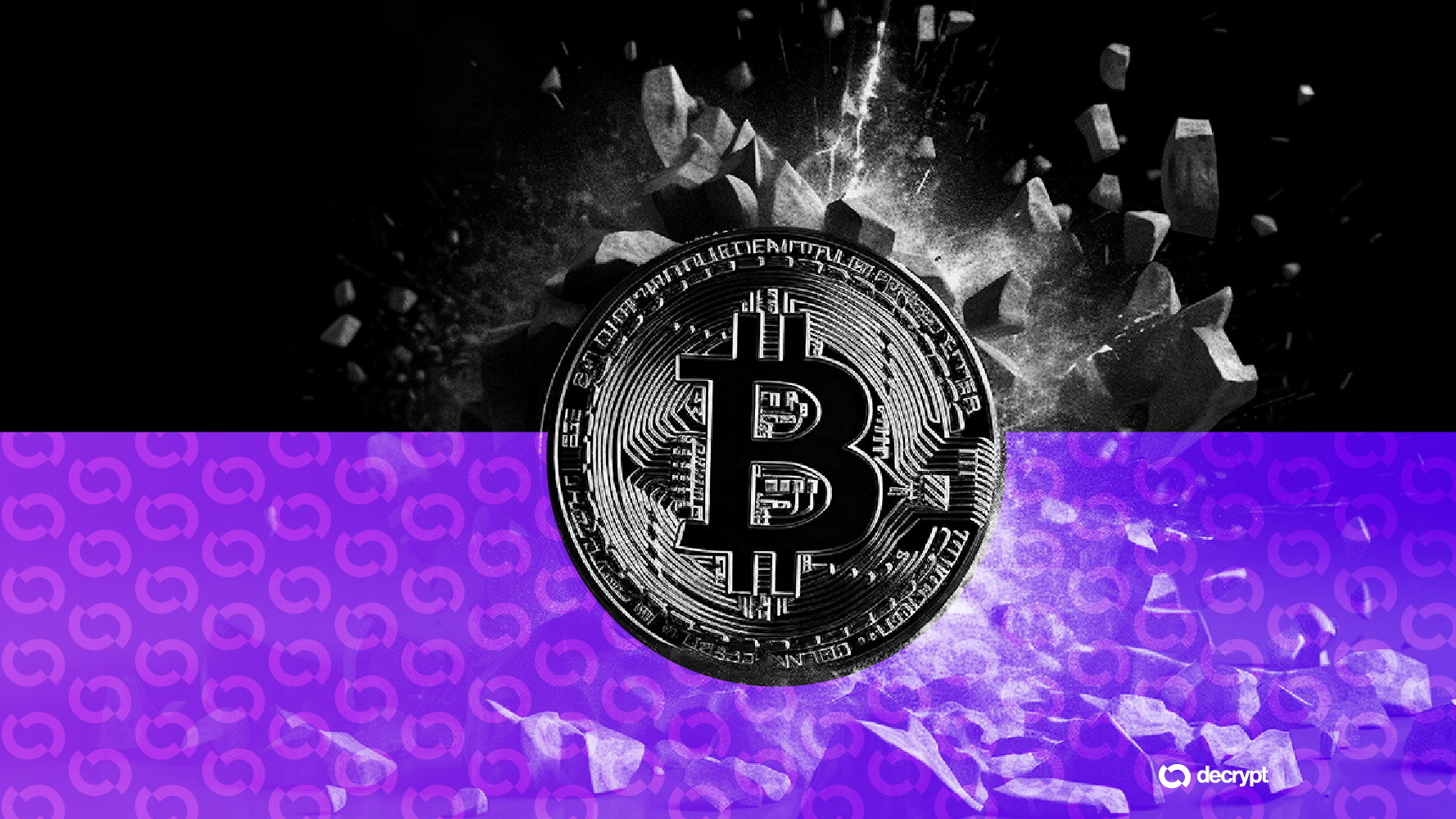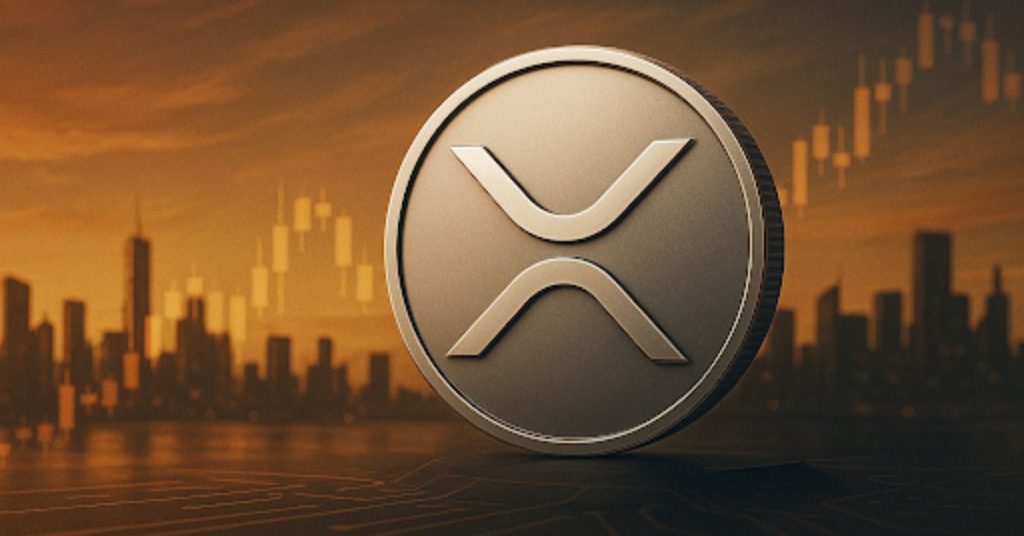

Bitcoin
BTCBitcoin to USD Chart
Bitcoin / USDT Candlestick Chart
Technical Analysis for BTC/USDT
Where to Buy Bitcoin (Markets)
Market Statistics
About Bitcoin
What Is Bitcoin (BTC)?
Bitcoin (BTC) is the world’s first decentralized cryptocurrency, introduced in a 2008 whitepaper by an anonymous individual or group using the pseudonym Satoshi Nakamoto. It officially launched in January 2009 as a peer-to-peer electronic cash system, enabling users to send and receive payments without relying on banks or other intermediaries.
Unlike traditional currencies, Bitcoin operates on a decentralized network secured by blockchain technology—a public ledger that records all transactions. Nakamoto’s vision was to create a financial system where "online payments could be sent directly from one party to another without going through a financial institution."
While earlier concepts for digital currencies existed, Bitcoin was the first to achieve real-world adoption, marking the birth of the cryptocurrency revolution.
Who Created Bitcoin?
The true identity of Satoshi Nakamoto remains unknown, despite numerous theories and claims over the years. On October 31, 2008, Nakamoto published the Bitcoin whitepaper, outlining how a decentralized digital currency could function using blockchain technology.
On January 3, 2009, Nakamoto mined the genesis block (the first Bitcoin block), officially launching the network. Initially, Bitcoin had no monetary value, and early adopters could mine it using basic computers.
One of Bitcoin’s earliest recorded transactions took place on May 22, 2010, when programmer Laszlo Hanyecz famously paid 10,000 BTC for two pizzas—an event now celebrated as "Bitcoin Pizza Day." At Bitcoin’s peak price in 2021, those pizzas would have been worth nearly $500 million.
By July 2010, Bitcoin began trading publicly, with prices ranging from $0.0008 to $0.08 per BTC.
Nakamoto gradually stepped away from the project in 2010, handing control to developer Gavin Andresen. Since then, hundreds of contributors have helped improve Bitcoin’s code, ensuring its security and scalability.
Bitcoin’s Supply & Mining
Bitcoin has a fixed maximum supply of 21 million coins, making it a deflationary asset. New BTC enters circulation through mining, a process where powerful computers solve complex cryptographic puzzles to validate transactions and add them to the blockchain.
Miners are rewarded with newly minted Bitcoin for each block they successfully mine. Initially, the reward was 50 BTC per block, but it undergoes a "halving" every 210,000 blocks (roughly every four years), reducing the reward by half.
- 2009: 50 BTC per block
- 2012: First halving → 25 BTC
- 2016: Second halving → 12.5 BTC
- 2020: Third halving → 6.25 BTC
- 2024 (expected): Fourth halving → 3.125 BTC
As of 2021, miners received 6.25 BTC per block, worth approximately $299,200 at Bitcoin’s peak price that year.
How Is Bitcoin Secured?
Bitcoin uses the SHA-256 cryptographic algorithm (part of the SHA-2 family) to secure transactions and prevent fraud. This same algorithm is used by Bitcoin Cash (BCH) and other cryptocurrencies.
The decentralized nature of Bitcoin’s blockchain ensures that no single entity controls the network, making it resistant to censorship and attacks.
Bitcoin as a Store of Value
While Bitcoin was designed as a peer-to-peer payment system, many investors now view it as "digital gold"—a long-term store of value rather than a medium for daily transactions.
The smallest unit of Bitcoin, called a Satoshi (Sat), represents 0.00000001 BTC. At Bitcoin’s 2021 peak, 1 Satoshi was worth ~$0.00048.
The debate continues over whether Bitcoin will primarily function as:
- A decentralized currency (for everyday transactions)
- A hedge against inflation (similar to gold)
- A speculative asset (for trading and investment)
Regardless, Bitcoin remains the most dominant and influential cryptocurrency, shaping the future of finance and digital ownership.










